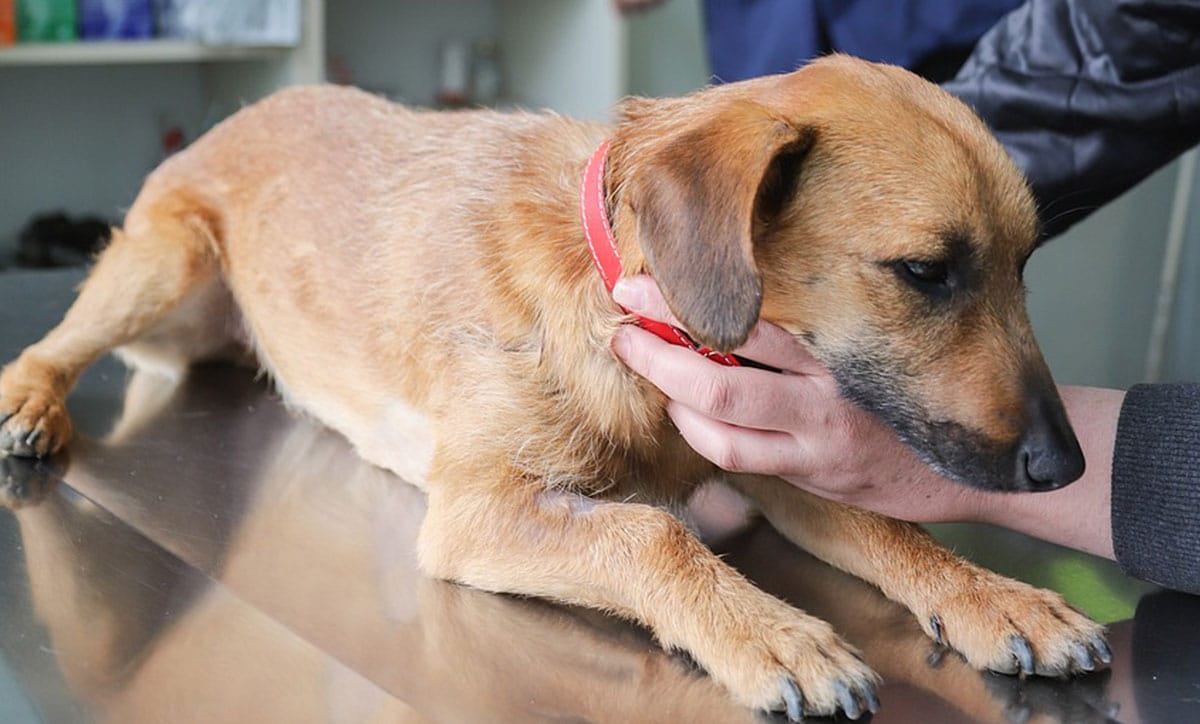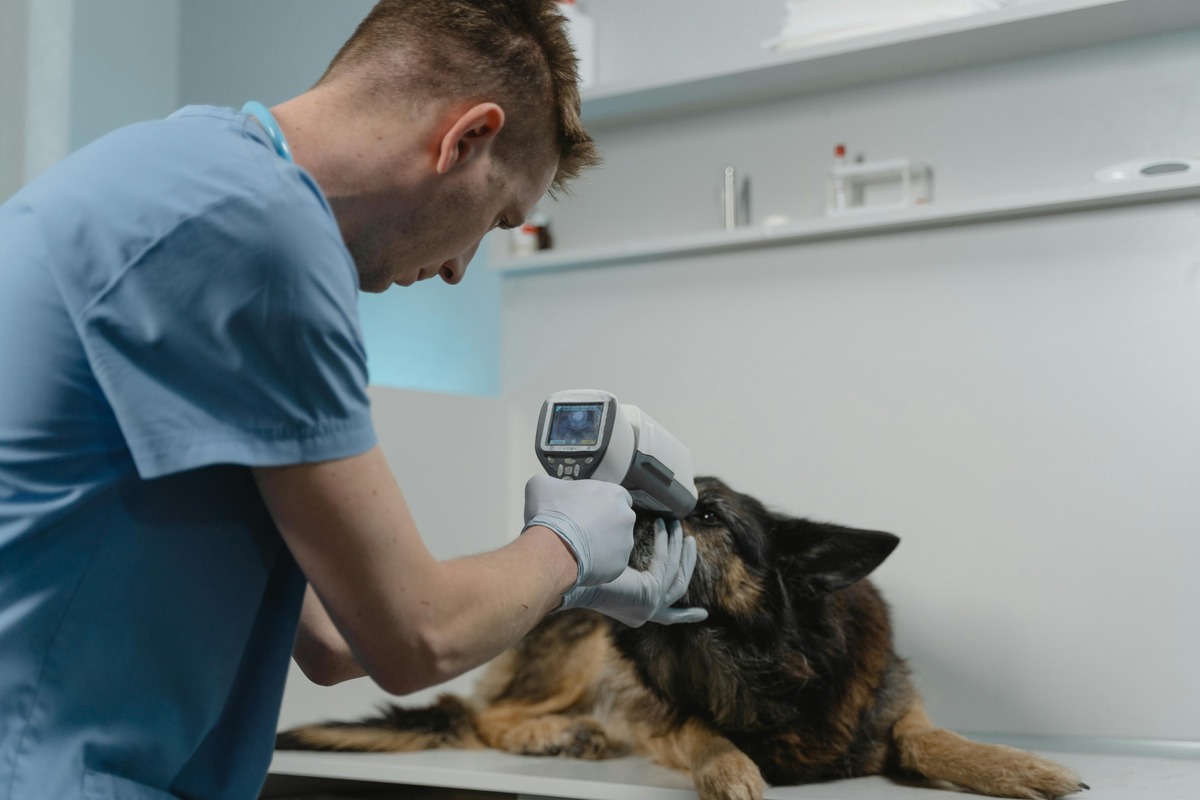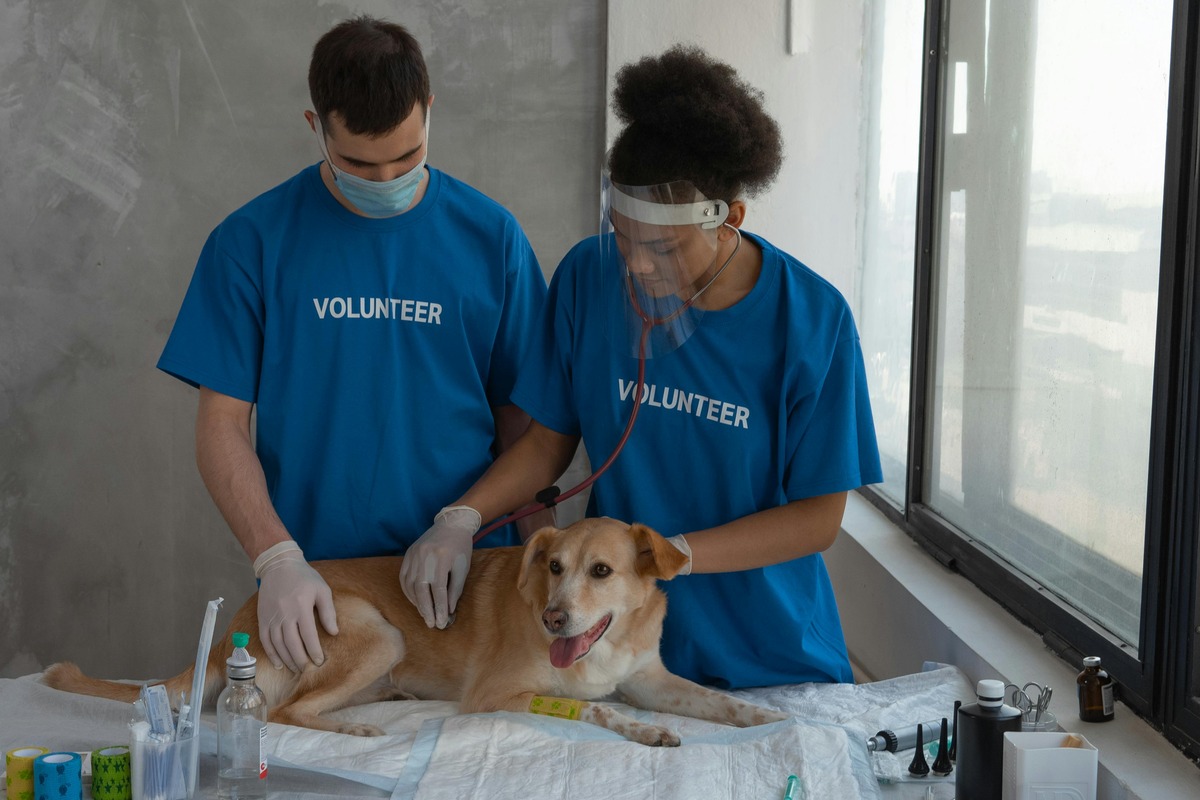
DIY First Aid for Pets: What Every Owner Should Know
As a responsible pet owner, being prepared for medical emergencies is crucial. Accidents and injuries can happen at any time, and knowing how to administer first aid can make a significant difference in your pet’s recovery. It could be a minor wound or a life-threatening situation. Having a well-equipped pet first aid kit and understanding emergency care for pets is essential. This guide will help you learn how to treat pet injuries and provide emergency care until you can reach a veterinarian.
Why Pet First Aid is Important
Pet first aid can’t replace professional vet care, but it can greatly affect how an emergency turns out. Here are some reasons why learning first aid for pets is crucial:
- Stops Minor Injuries from Getting Worse – Quick treatment can cut down on problems and help you heal faster.
- Saves Lives in Emergencies – Quick action can stabilise a pet in a critical situation before professional help arrives.
- Reduces Stress for Both Pet and Owner – Knowing what to do can help you remain calm in a crisis and provide reassurance to your pet.
- Supports Recovery – Good first aid helps healing and stops infections. This leads to better long-term results.
Essential Items for a Pet First Aid Kit

Every pet owner needs a first aid kit. It should have the supplies to treat minor injuries and emergencies. A well-prepared kit should contain:
1. Basic Medical Supplies
- Gauze pads and bandages: Used to stop bleeding and protect wounds.
- Adhesive tape (vet wrap): Helps secure bandages in place without sticking to fur.
- Cotton swabs and balls: For cleaning wounds and applying medication.
- Blunt-end scissors: Used for cutting bandages and fur around a wound.
- Tweezers: Essential for removing splinters, ticks, or debris from wounds.
- Digital thermometer (rectal use for pets): Helps monitor temperature for signs of fever or hypothermia.
- Syringes: Used for administering liquid medicine or flushing wounds.
2. Antiseptics and Medications
- Hydrogen peroxide (3% solution): Can be used for cleaning wounds or inducing vomiting under vet supervision.
- Antiseptic wipes or chlorhexidine solution: Helps disinfect wounds and prevent infection.
- Styptic powder or cornstarch: Used to stop bleeding from minor cuts or nail trims.
- Antihistamines (e.g., Benadryl): Can be given for allergic reactions (consult a vet for dosage).
- Activated charcoal: May be used in certain poisoning cases (under veterinary guidance).
3. Emergency Equipment
- Muzzle: Even the most docile pet may bite when in pain. A soft muzzle can prevent injury to both the pet and the owner.
- Emergency blanket: Helps prevent shock and maintains body temperature.
- Ice packs and heat packs: Useful for swelling and temperature regulation.
- Pet-safe gloves: Reduces contamination when handling wounds.
- Flashlight: Essential for examining wounds in low-light situations.
4. Important Documents
- Vet’s contact information: Have your veterinarian’s phone number easily accessible.
- Pet medical records: Including vaccination history and any known medical conditions.
- Emergency pet poison hotline numbers: Such as the Animal Poison Control Center (APCC).
Common Pet Emergencies and First Aid Steps

Knowing common pet emergencies and how to respond can greatly help your pet. Here’s what to do in various situations:
1. Cuts, Wounds, and Bleeding
- Minor Cuts:
- Clean the wound with an antiseptic solution.
- Apply a sterile bandage to prevent contamination.
- Heavy Bleeding:
- Apply firm pressure with a gauze pad for at least 5 minutes.
- If bleeding doesn’t stop, wrap the wound tightly with a bandage and seek veterinary care.
- Puncture Wounds:
- Do not remove embedded objects.
- Stabilise the object and get your pet to a vet immediately.
2. Choking
- Check inside the pet’s mouth for any visible obstruction.
- If you can safely remove it, do so with tweezers.
- If your pet is still choking, perform the Heimlich manoeuvre:
- Small pets: Lay them on their back and apply pressure to the chest.
- Large pets: Stand behind them, wrap arms around the waist, and thrust upward.
- If choking persists, seek immediate veterinary assistance.
3. Poisoning or Toxic Ingestion
- Chocolate, grapes, onions, xylitol (found in sugar-free gum), and household plants are common sources of toxins.
- If ingestion is recent: A vet may advise inducing vomiting using hydrogen peroxide.
- Call a vet or poison control centre immediately for further guidance.
4. Heatstroke
- Symptoms include excessive panting, drooling, lethargy, and collapse.
- Move the pet to a cool area and offer small amounts of water.
- Apply cool (not cold) wet towels to their body.
- Transport your pet to a vet as soon as possible.
5. Seizures
- Keep the pet away from furniture or stairs.
- Do not attempt to restrain them; simply ensure a safe environment.
- Time the seizure and contact a vet if it lasts more than 3 minutes.
- After the seizure, keep your pet calm and monitor their condition.
6. Broken Bones or Sprains
- Keep the pet as still as possible.
- Do not attempt to realign the bone.
- Use a blanket or board as a makeshift stretcher to transport your pet to the vet.
When to Seek Veterinary Care
Some injuries require immediate veterinary attention, even after first aid is applied. Contact a vet if your pet:
- Has uncontrollable bleeding.
- Is struggling to breathe.
- Has been poisoned or eaten something toxic.
- Shows signs of extreme pain or distress.
- Experiences seizures or loss of consciousness.
- Has serious burns, deep wounds, or broken bones.
Preventative Measures for Pet Safety
Preventing emergencies is just as important as knowing how to respond to them. Here are some steps you can take to keep your pet safe:
- Supervise Outdoor Activities: Keep pets away from traffic, toxic plants, and dangerous objects.
- Store Hazardous Items Safely: Keep medications, chemicals, and human food out of reach.
- Use Pet-Safe Products: Avoid toxic cleaning agents and plants that are harmful to animals.
- Regular Vet Checkups: Routine checkups can catch health problems before they become emergencies.
DIY First Aid for Pets
Being prepared for pet emergencies can help you provide immediate and effective care before reaching the vet. A well-stocked pet first aid kit and knowledge of basic emergency procedures can be lifesaving. Stay informed, practice first aid skills, and take preventative steps. This way, you can keep your pet safe and healthy. First aid is just a quick fix. Always seek professional veterinary care for lasting health and recovery.